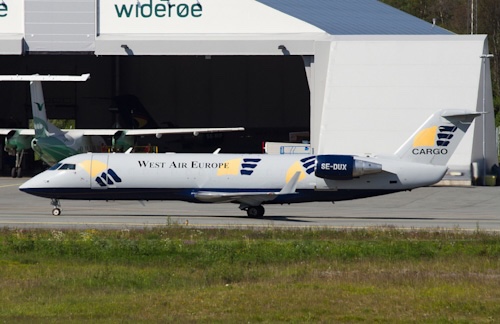The Weekly Reflektion Week 03 / 2021
When things go wrong it is important that the problem(s) is (are) communicated to others concisely. Sometimes protocols need to be established to ensure communication is effective.
How would people in your organisation communicate in the event of an unexpected situation that could turn into an emergency?

On 8th January 2016, a Canadair CRJ200 aircraft, West Air Sweden Flight 294 was on its way from Oslo to Tromsø in Northern Norway. The plane was passing through Swedish airspace when a mayday call was made. The aircraft tracking service Flightradar24 reported that the aircraft fell 6485 meters in 60 seconds and crashed about 10 km from the Norwegian border.
During the flight, the captain put on the cabin lights to carry out the approach check list in preparation for the landing. Just after starting the check list the captain said ‘What??’ and started to take actions to rectify a situation. He pushed the controls forward and put the plane into a dive. The automatic pilot disconnected, and the first officer started to react to the situation. He also said ‘What?’. The captain asked the first officer to help him recover the situation. The first officer pulled back on the controls to get the plane out of the dive. The controls would not respond. The plane hit the ground at nearly 1000 km/hr.
While completing the checklist the captain noticed that the instrument that measures the aircraft pitch was showing pitch up indicating the aircraft was in in a steep climb. He pushed the control column forward to respond. Since the lights had been switched on in the cabin and it was dark outside the captain had no reference point to help him with the actual pitch of the aircraft. There are two independent pitch monitors in the aircraft and the first officer’s instrument was working correctly. He could see the aircraft was pitching downwards.An alarm appeared on the instrument panel that indicated a discrepancy between the pitch monitors in the aircraft. After 5 seconds the flight management system registered a critical situation and switched to ‘non-clutter’ mode. This mode ensures that only information essential to recover the situation is made available to the pilots. In this mode the discrepancy alarm disappeared. The situation became more stressful in the cabin as the captain, still reacting to the pitch up tried to push the controls forward and the first officer reacting to the pitch down pulled the controls back. The G-forces resulted in spatial disorientation and neither the captain or first officer knew whether they were pitched up or down.
The recording of the dialogue between the captain and first officer showed that the captain didn’t tell the first officer what the problem was, and the first officer didn’t ask. The situation developed into an emergency before proper communication could be established. An alternative scenario could have been.
‘My instrument is reading pitch up what does your instrument indicate?’
‘My instrument is reading level flight, must be a problem with yours’
‘Ok, switching to back-up instrument, make a note to report the fault’.
How do you ensure effective communication in abnormal situations? Do you have protocols that can be used in training and exercises? Or do you leave these to chance?
